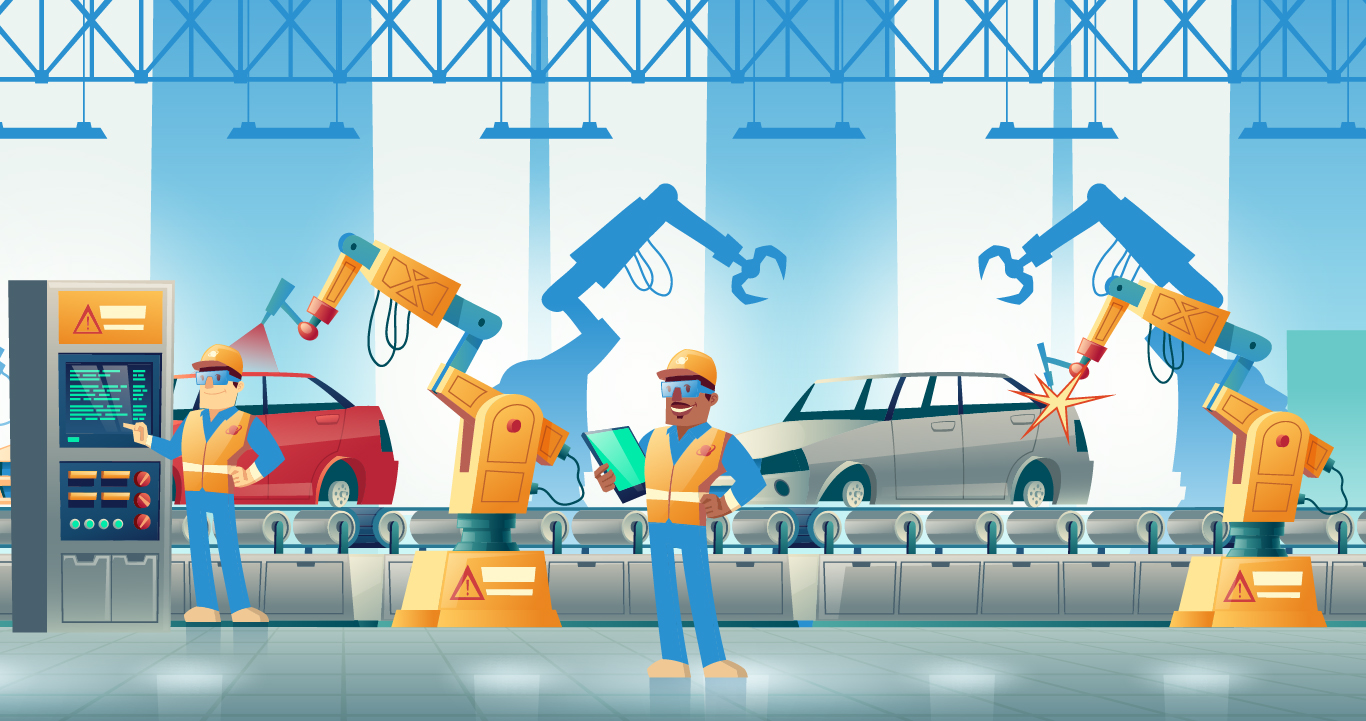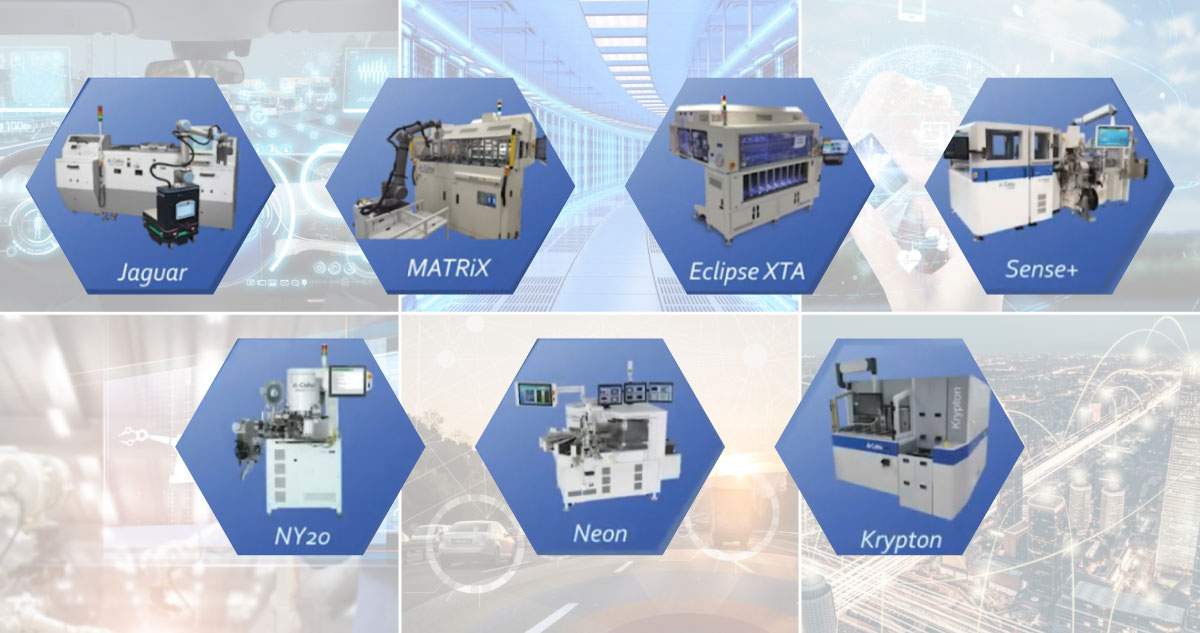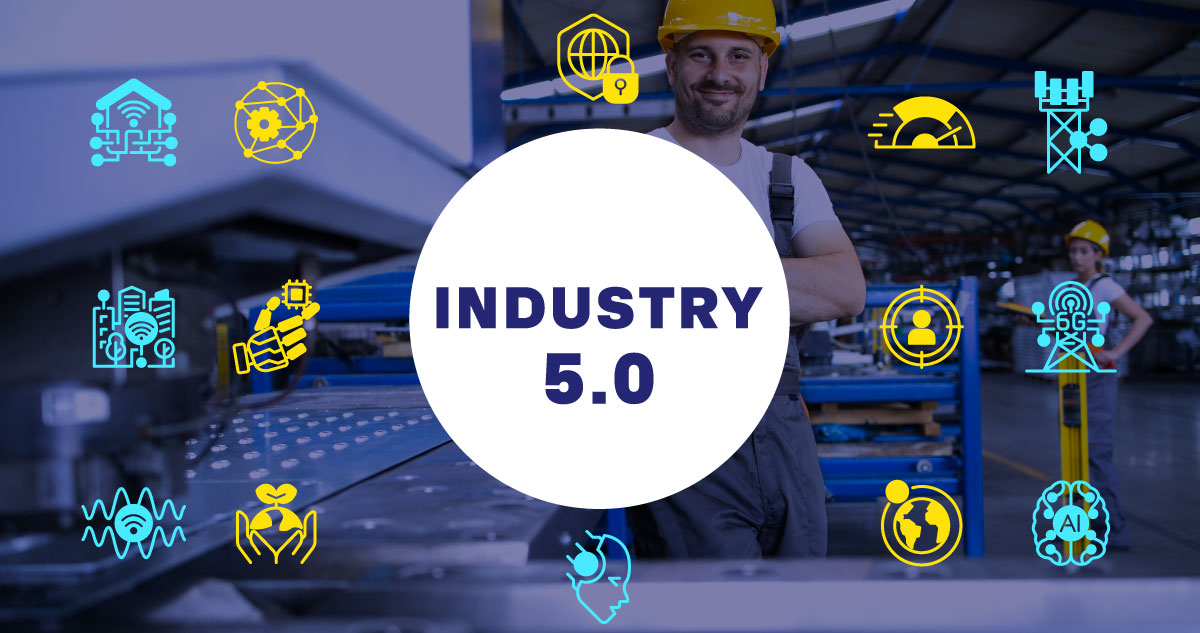Lean process: Just as you have the famous 4Ps of marketing, you have the 3Ms or Muda, Muri, Mura in the world of lean processes. But unlike in marketing where you need to include the 4Ps of Product, Price, Place, Promotion to succeed, here you’ve got to eliminate this dissonant triad to create a sustainable lean process.
Muda, mura, and muri, the core to achieving a lean process, stem from a Japanese management philosophy developed by Taiichi Ohno for creating automobiles on-demand after World War II. They are basically three types of wasteful actions that negatively impact productivity, workflow, and customer satisfaction.
So, let’s understand them further as well as how automation can help to eliminate them:
Muda (uselessness)

Muda or wastefulness contradicts value-addition. There are two types — the first is non-value-added activities in processes that are necessary for the end customer (inspection and safety testing, for instance); and the second is non-value-added process activities unnecessary for the customer.
The second type, which includes overproduction, over-processing, and increased defects, needs to be eliminated.
This is where automation steps in. Properly programmed equipment ensures “tight tolerance levels”, which means it can provide automatic alerts if the process reaches upper or lower tolerance limits. Intelligent automation technologies include robotic process automation, machine learning, and artificial intelligence and are critical to industrial processes and help to eliminate scrap and rework.
Mura (irregularity)
Mura is all about non-uniformity. Mura drives and leads to Muda. Take the example of the manufacturing assembly line, where products pass through many workstations. When the capacity of one station is greater than the others, it runs the risk of waste accumulation in the form of overproduction, waiting times, and so on. The goal of a lean process production system is to level out the workload.
Automation helps to reduce elapsed time between customer order and product delivery, which translates to reduced manufacturing lead times and results in higher production rates. It also gives greater uniformity and conformity in terms of product quality specifications. Automation also improves worker safety as it transfers the worker from active participation in the manufacturing process to a more supervisory role.
Muri (excessiveness)
Muri translates to overburden. Muri often results from Mura. Muri also exists when machines or employees are utilized for more than 100% capability to complete a task. Muri over time can result in employee absenteeism and breakdowns of machines. Automation can help avoid Muri by designing processes to evenly distribute the workload.

Automation streamlines workflows leading to consistent results delivered faster. In the manufacturing process, automation can help set up work-in-progress limits to stop the overburdening of man and machine. New tasks for instance can be stopped until outstanding tasks have been completed. Automation also eliminates bottlenecks, which are a signal that the process is overburdened.
As one can see, Muda, Mura and Muri are interrelated. Eliminating one affects the other two, so one needs to eliminate all three to ensure a lean process. And automation is the key to doing this.
From robotics that reduces manual labour to assembly line quality control, automation can help every step of the way in the manufacturing process. To create a lean process, eliminate the three Ms. For further details, get in touch with us at www.melss .com





